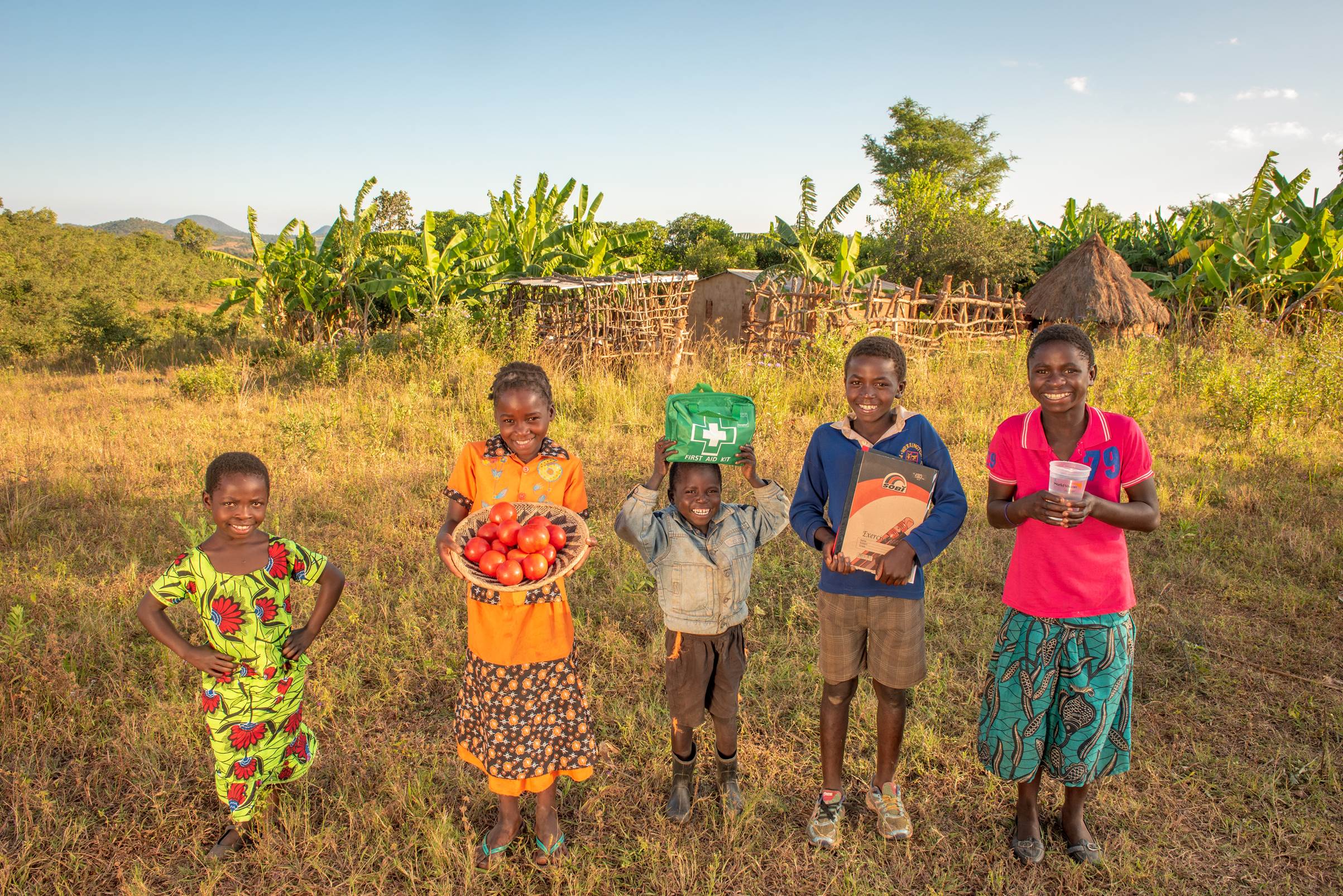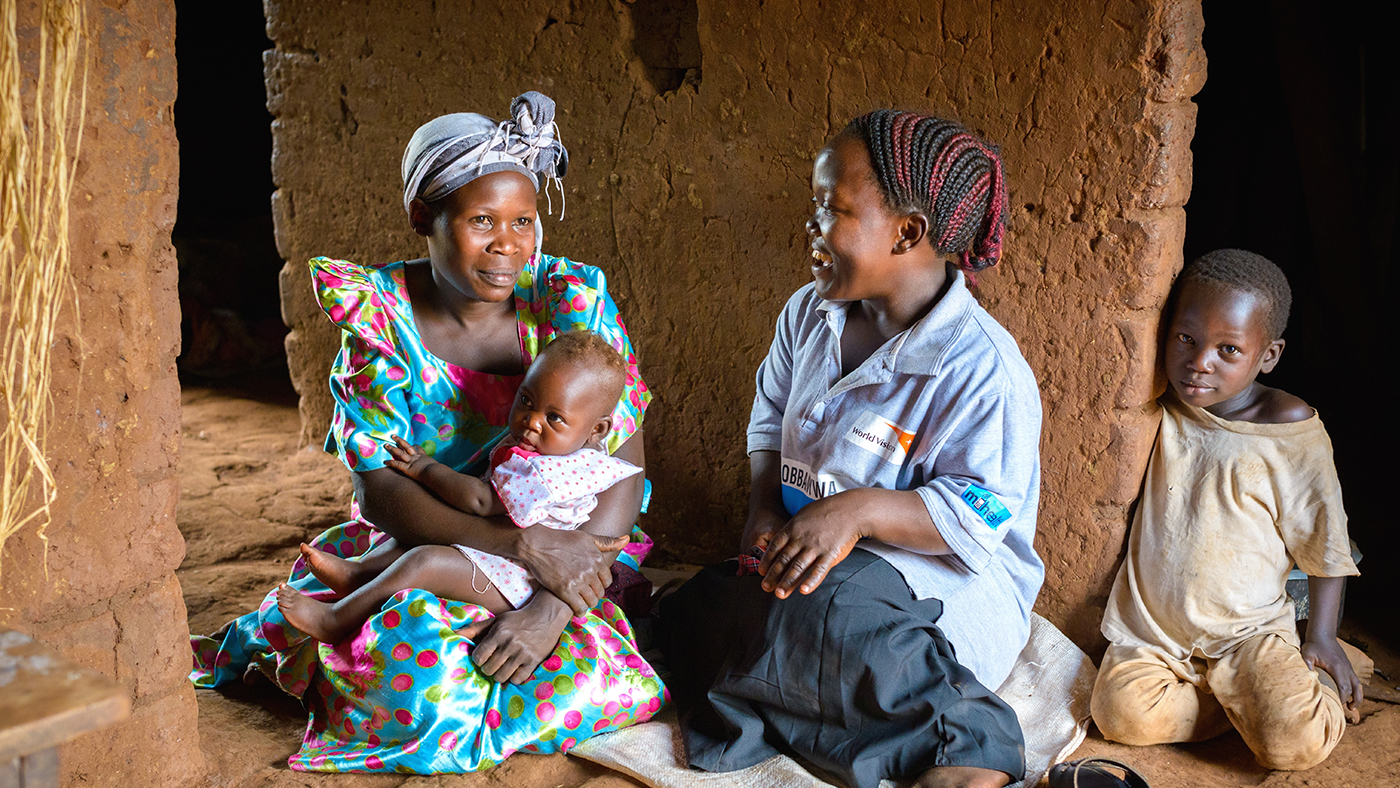With the support of #FoodHeores, we believe a hunger free world is possible, where every child has access to enough of the nutritious food that they need every day and where families are empowered to provide for their children and withstand life’s unexpected setbacks. But hunger is still a daily reality for over 820 million people. That’s more than the entire population of Europe.
Despite significant progress made in recent decades, from 2018 to 2019, the number of undernourished people grew by 10 million, and there are nearly 60 million more undernourished people now than in 2014
Ongoing conflict, climate change and rising food prices are circumstances outside of parents’ control and yet these are the primary reasons why it is becoming harder and harder for parents to feed their children in many countries across the world. Almost 124 million people faced acute food insecurity and required urgent humanitarian assistance in 2020 up by 130 million from the 135 million in 2019.












